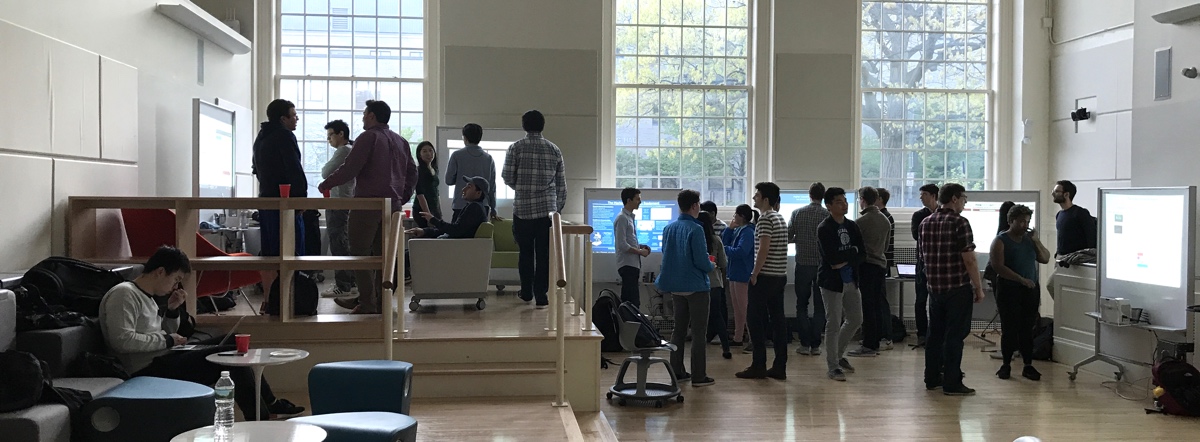Looking Back on a Semester-long Creative Project
Intermediate Microeconomic Theory is the backbone of the undergraduate economics curriculum. This is where students learn the core mathematical models of the discipline, how to analyze them, and how to choose an appropriate model for a given scenario. These are essential skills for a working economist, and provide a window into how economists think. That said, economics is equal parts analysis and creativity. Students should also learn and practice constructing new models and extending models they’ve seen before. This spring I tried to incorporate these skills into the course through a semester-long creative project. Here’s what happened.
The short version is that it could have gone better. In hindsight, I probably bit off more than I could chew. Teaching a brand new course outside my comfort zone (empirical analysis), integrating market simulation games, and making the experience interactive and fun would have been plenty challenging enough. The fundamental problem was that the assignments were just too vague, and since I hadn’t even taught the course before, I had no idea what was possible and thus couldn’t give very good early guidance.
Students worked in groups and chose a market they cared about. In their first assignment, they described their chosen market in a few paragraphs. This part went well, and students made some really interesting choices: electric cars, marijuana in Colorado, EpiPens, mobile phones, and games for mobile phones just to name a few of the twenty four.
Things started to go downhill with the second assignment where they described the preferences of consumers and production functions of producers. I wanted students to mathematically model the two sides of their market, but it was very difficult for them to decide what details to incorporate and what to ignore. Also, some groups chose markets that are best described with models that we just don’t get to in the class. For example, the mobile game market is prototypical monopolist competition, which isn’t on our syllabus.
The third assignment was worst of all: the Market Analysis. I wanted students to create aggregrate demand and supply functions based on their earlier work and solve for the equilibrium of the market. In many (if not most) cases, the math required was not reasonable for them. I also wanted students to use their models to say something interesting about their market. Several groups did, but a non-negligible number of groups needed a lot more guidance than we gave them.

I thought the end-of-semester poster session where students shared what they did was the highlight of the project: We had an excellent venue (Cornell’s Martha Van Rennselaer 466, pictured above) and it was edutainment at its best. That said, the project assignments could have been far better designed. 48 of the 82 students filled out course evaluations. Students were asked about their most-valued and least-valued parts of the course. Not one student said the creative project was the most-valued, and 14 students said it was the least valuable part of the course–by far the most popular answer here. One student described it as “difficult without being useful.” Ouch.
I knew upfront that this assignment was risky, but I still think it was worth it. My students did not learn as much as I wanted and they may have been unnecessarily uncomfortable along the way. First drafts of anything are messy, and I still strongly believe in the need for students to exercise their creative side in this class. I’m of two minds on what to try next. On the one hand, there are clear incremental improvements to be made to this project:
- Have students pose questions they want to answer about their choice of market up front. This would guide what they include and ignore in their models.
- Provide early guidance on markets that are too hard to model using the tools I’m teaching in the course.
- Give examples of good completed projects.
Alternatively, I could incorporate a series of smaller creative assignments. Andrew Monaco does an amazing job with this in his Economics of Online Dating class that is based in large part on Paul Oyer’s book. I saw Andrew give a presentation about this class at the Conference on Teaching and Research in Economic Education last week in Denver and was blown away. We’re planning to invite him onto an upcoming episode of the Teach Better Podcast to talk in detail about it. Students choose markets and create appropriate models six times during the term.
Of course, I’m not teaching Intermediate Micro next year, so there’s plenty of time to plan my next move.